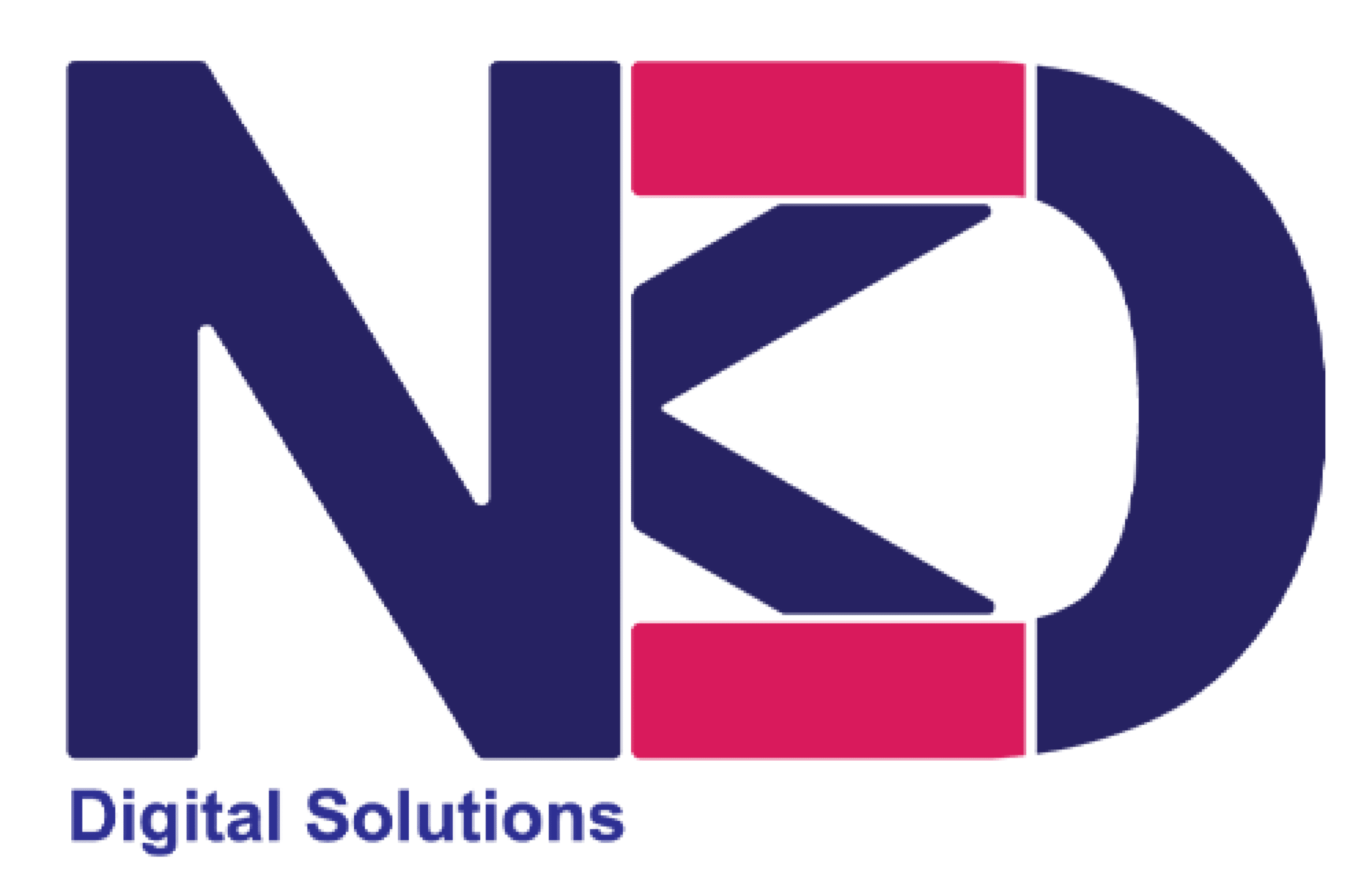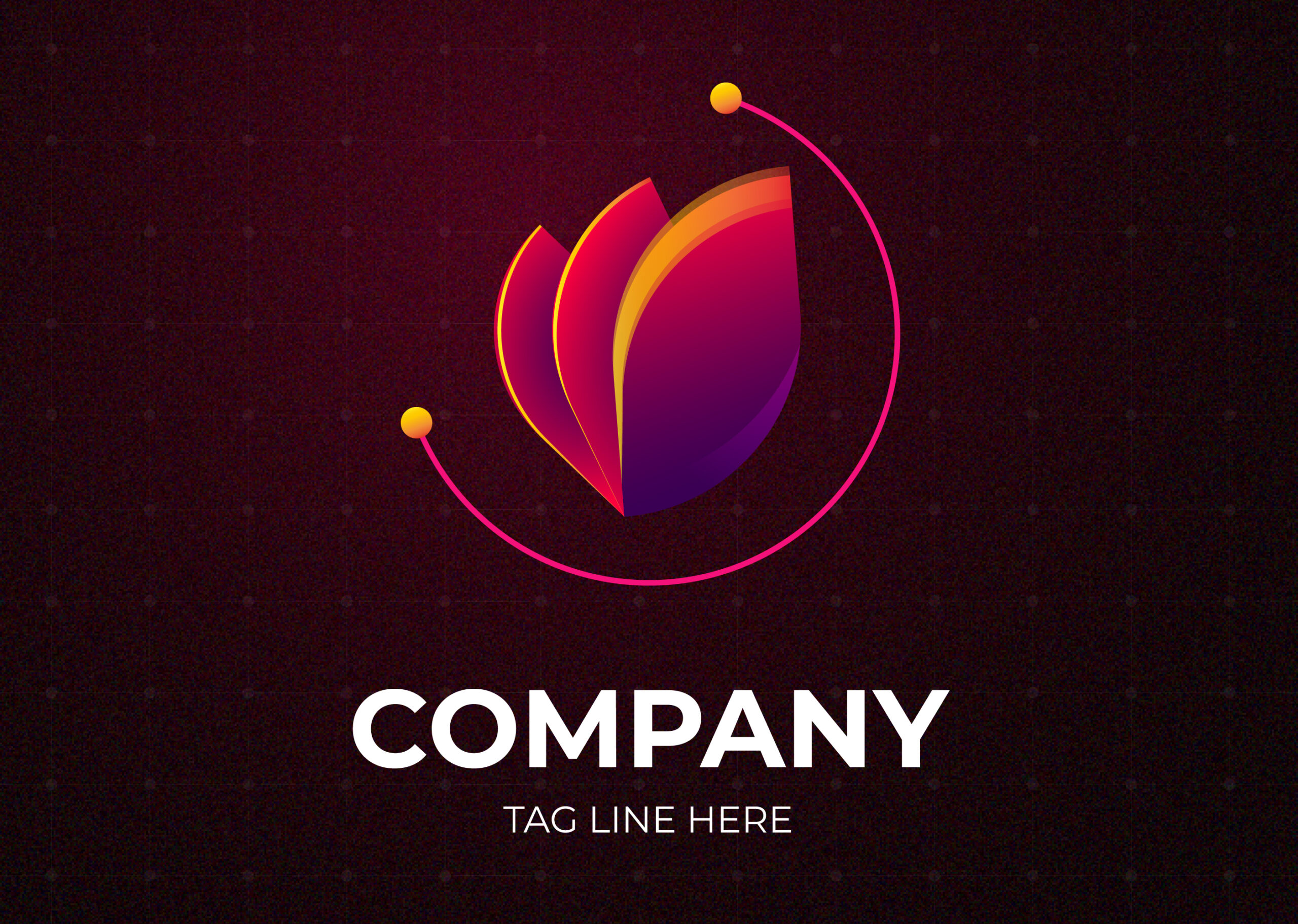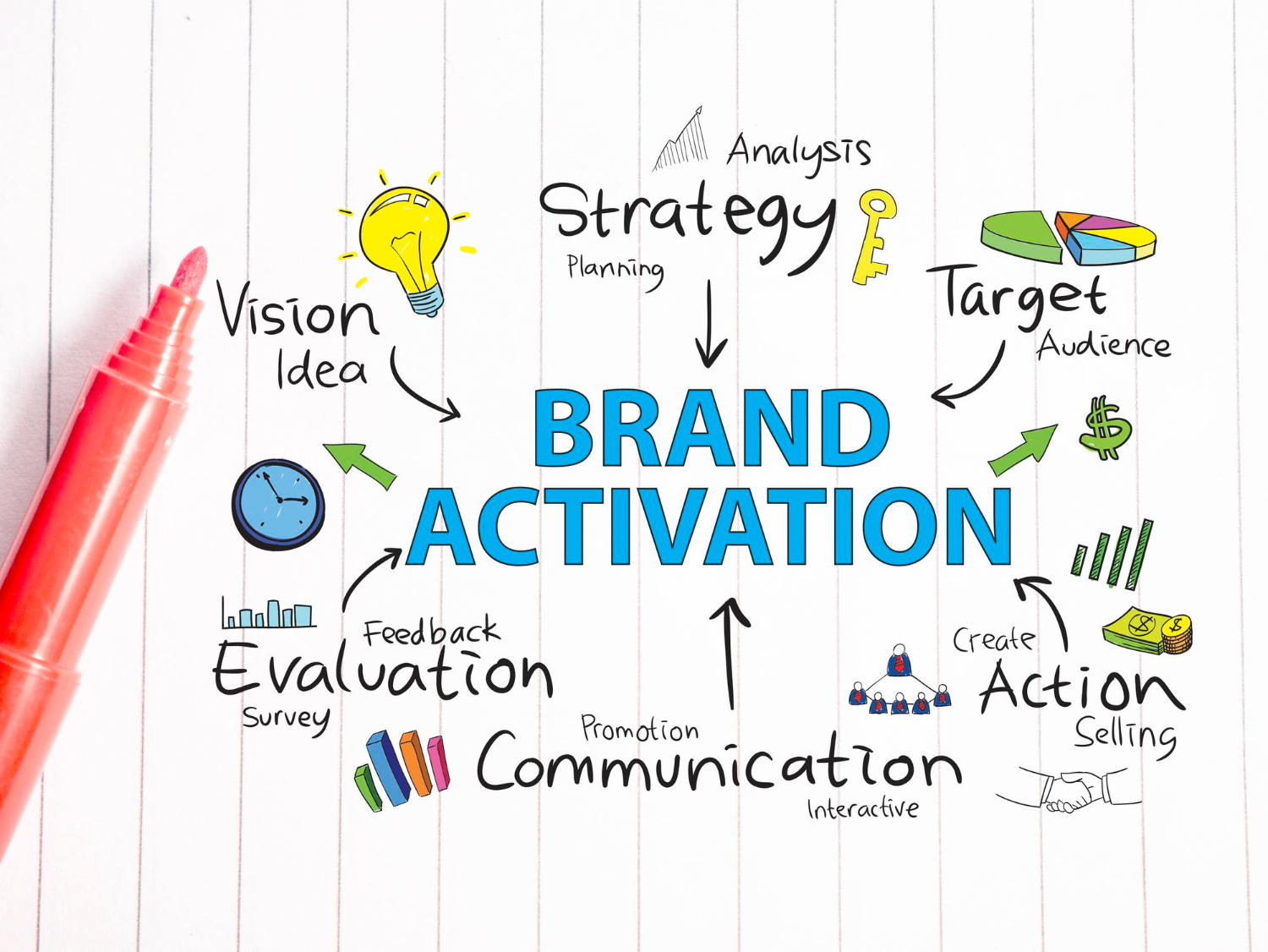You are investing in digital marketing yet are you aware whether it is effective? The majority of companies pour money into advertisements and hope that something will work. That is not a plan that is simply gambling with your budget.
Smart marketing implies following the correct numbers. These figures inform you of what is working what is wasting money and where to invest more. You are flying blind and hoping that you will be lucky without proper tracking.
An effective digital marketing service must be obsessive with metrics. They must demonstrate to you where your money is spent and what you get. When your marketing team is unable to explain their numbers in simple terms they are unlikely to understand them either.
ROI and ROAS Show Your Real Returns
Return on Investment or ROI will inform you whether your marketing is making money or not. The math is simple. Divide what you spent by what you spent then subtract what you spent and take your profit out of marketing. Divide by 100 to obtain a percentage.
ROAS is Return on Ad Spend and it is the same thing but only applied to advertising campaigns. How many dollars do you get back on every dollar you spend on ads? The ROAS of 400% implies that you earn four dollars on every dollar.
Good benchmark figures will be industry-specific, but most companies should strive to achieve at least 200 percent ROAS on paid advertisements. That is doubling your sales with ad. Any less than that and you are likely to be making a loss when you consider the other expenses.
Some digital advertising services promise crazy returns that sound too good to be true. They usually are. Be realistic about benchmarks and focus on steady improvement over time. A campaign that goes from 150% to 250% ROAS is a huge win even if it is not 1000%.

Conversion Rate Reveals How Well You Persuade
Your conversion rate shows what percentage of visitors actually do what you want them to do. Maybe that is buying a product filling out a form or calling your business. This metric separates window shoppers from real customers.
Calculate it by dividing conversions by total visitors then multiply by 100. If 100 people visit your site and 3 buy something you have a 3% conversion rate. Sounds low right? Actually that is pretty normal for ecommerce.
Benchmark conversion rates vary wildly by industry. Ecommerce sites average around 2 to 3 percent. Lead generation sites might see 5 to 10 percent. Service businesses with high ticket items might convert at just 1 percent but each conversion is worth thousands.
Do not obsess over hitting some magic number. Focus on improving your own conversion rate month over month. Small improvements in conversion rate create massive revenue increases because you are getting more from traffic you already have.
Cost Per Acquisition Keeps Spending in Check
CPA tells you how much you spend to get one new customer. This number keeps you honest about whether your marketing actually makes financial sense. Spending 500 dollars to acquire a customer who spends 50 dollars is a fast path to bankruptcy.
To calculate CPA divide your total marketing spend by the number of new customers acquired. If you spent 5000 dollars and got 50 customers your CPA is 100 dollars. Now compare that to how much profit each customer brings you.
Your CPA should be significantly lower than your average customer value. A good rule of thumb is keeping CPA at one third or less of what a customer spends with you. This leaves room for product costs overhead and profit.
Different channels have different CPAs. Organic search might have a low CPA while paid ads cost more upfront. A smart digital marketing company balances multiple channels to keep your overall CPA healthy and sustainable.
Customer Lifetime Value Thinks Long Term
CLV or Customer Lifetime Value measures the total profit you make from a customer over their entire relationship with your business. This metric changes everything about how you think about acquisition costs.
If your average customer only buys once and spends 100 dollars that is your CLV. But if they come back five times over two years spending 100 dollars each visit your CLV jumps to 500 dollars. See the difference?
Businesses with high CLV can afford higher CPAs. If each customer is worth 500 dollars over time you can spend 150 dollars to acquire them and still profit nicely. Companies that ignore CLV often underspend on marketing because they only see the first purchase.
Benchmark CLV varies massively by business type. Subscription businesses might see CLV of thousands of dollars. One time purchase products have lower CLV. Track this number over time and work on strategies to increase it through better retention and repeat purchases.

Organic Traffic Growth Shows SEO Health (Digital Marketing Service)
Organic traffic means visitors who find you through search engines without paid ads. This traffic is incredibly valuable because it is essentially free once you rank well. Growing organic traffic proves your SEO efforts are working.
Track your organic visitors month over month and year over year. Healthy growth looks like 10 to 20 percent increases annually though this varies based on competition and your starting point. New sites might see faster growth while established sites grow steadier.
Do not panic over small monthly fluctuations. Search traffic naturally varies based on seasonality and algorithm updates. Focus on long term trends rather than freaking out over one bad month.
Your digital marketing service should break down organic traffic by landing pages and keywords. This shows what content attracts visitors and where opportunities exist. If certain pages drive tons of traffic invest in creating similar content.
Declining organic traffic is a red flag that demands immediate attention. Maybe competitors outranked you or Google updated their algorithm. Whatever the cause identify it fast and adjust your strategy before you lose more ground.
Engagement Rate and Time on Site Matter
Getting traffic is pointless if people immediately hate your site and leave. Engagement metrics show whether visitors actually care about your content or just bounced in by accident. Quality beats quantity every time.
Time on site measures how long people stick around. A few seconds means they did not find what they wanted. Several minutes suggests they are reading exploring and engaging. Benchmark this against your industry but generally longer is better.
Engagement rate on social media shows what percentage of your audience interacts with your posts. Likes comments shares and saves all count as engagement. Most industries see engagement rates between 1 and 5 percent on platforms like Instagram and Facebook.
Pages per session tells you how many pages people view during one visit. More pages usually means more interest. If people only view one page and leave your navigation might confuse them or your content might not encourage exploration.
Working with a professional digital marketing company helps you understand what good engagement looks like for your specific situation and industry.
Bounce Rate and Exit Pages Need Attention
Bounce rate shows the percentage of visitors who land on your site and leave without clicking anything else. A high bounce rate might mean your content disappoints people or your page loads too slowly. Not all bounces are bad though.
- Blog posts naturally have higher bounce rates because people read one article and leave satisfied. Landing pages designed to capture one action might see bounces after someone converts. Context matters when interpreting bounce rates.
- Most websites see bounce rates between 40 and 60 percent. Anything above 70 percent deserves investigation. Check if your page loads slowly matches visitor intent or has confusing navigation that makes people give up.
- Exit pages show where people most commonly leave your site. Some exits make sense like thank you pages after a purchase. Others reveal problems like confusing checkout processes or dead ends in your content.
- Analyze your top exit pages monthly and ask why people leave there. Maybe you need clearer calls to action or better internal linking. Small fixes to high exit pages can dramatically improve overall conversions and keep people exploring longer.
Dashboard Tools Make Tracking Simple
Trying to manually track all these metrics will drive you crazy. Good dashboard tools pull everything together in one place so you can see your performance at a glance. Google Analytics is the obvious free starting point.
- Set up custom dashboards that show your most important KPIs right on the homepage. You want to open your analytics and immediately see ROI conversion rates traffic trends and other key numbers. Digging through menus wastes time you do not have.
- Many digital advertising services use platforms like Google Data Studio HubSpot or custom built dashboards. These tools connect multiple data sources and create visual reports that actually make sense. Graphs and charts beat spreadsheets full of numbers every time.
- Automated reporting saves hours of manual work. Set up weekly or monthly reports that automatically generate and email to stakeholders. Everyone stays informed without you having to compile data and create presentations constantly.
The best dashboard shows trends over time not just current numbers. Seeing how metrics change month over month or year over year reveals patterns and helps predict future performance. Context turns data into actionable insights.
How Professional Services Report to Clients
Transparency separates great marketing agencies from mediocre ones. Your agency should provide clear regular reports that show exactly what they did and what results happened. No hiding bad news or burying important metrics in footnotes.
Monthly reports should cover all major KPIs with explanations of what changed and why. If conversions dropped did traffic quality decrease or did the website break? Good agencies dig into the why behind the numbers.
The best reports compare current performance to past periods and to your goals. Showing that traffic increased 15 percent sounds nice but is it on track to hit your annual target? Are you ahead or behind where you planned to be?
Reports should also outline what the agency plans to do next. Based on current performance what tests will they run? What strategies will they adjust? Reporting is not just looking backward it is planning forward.
Schedule regular calls to discuss reports and ask questions. Email reports are helpful but conversation brings the data to life. A good agency welcomes questions and collaborates with you on strategy rather than just dictating what they will do.
Stop Guessing and Start Measuring
Digital marketing without proper tracking is like driving with your eyes closed. You might get somewhere but probably not where you intended. Measuring the right KPIs keeps you on course toward real business growth.
The seven KPIs we covered give you a complete picture of marketing performance. Together they show whether you are spending wisely attracting quality visitors and turning them into profitable customers. One metric alone never tells the full story.
Do not get paralyzed by data overload either. Start with the basics like ROI and conversion rate then expand your tracking as you get comfortable. Perfect tracking tomorrow is less valuable than good enough tracking starting today.
Work with a marketing team that treats your budget like their own money. They should constantly test optimize and prove their value through clear measurable results. Anything less is just expensive guesswork dressed up as expertise.
Ready to see what proper marketing measurement can do for your business?
Partner with digital marketing experts who track what matters and turn data into dollars. Your future self will thank you.










